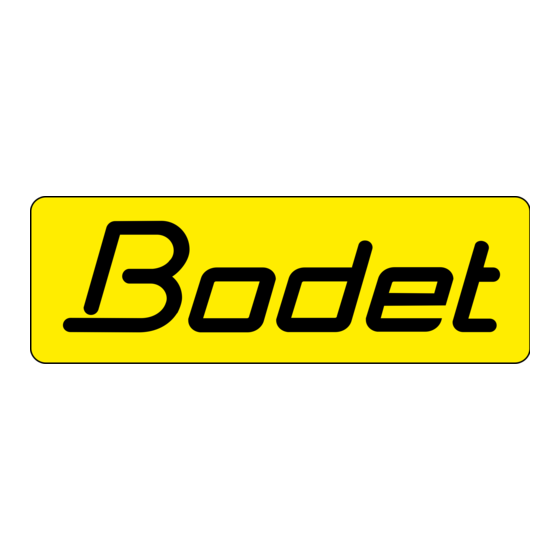
Table of Contents
Advertisement
LED DISPLAY
HMT & HMS LED
Time and temperature display
Installation instructions
BODET SA
BP1
49340 TREMENTINES
Fax: 02.41.71.72.01
www.bodet-time.com
Usine de Trémentines
Système de
Management certifié
1
Upon receipt, always check the product for damage during shipment. If any is found, you may file a damage claim with the carrier.
Advertisement
Table of Contents



Need help?
Do you have a question about the HMT and is the answer not in the manual?
Questions and answers